Headless CMS vs. Traditional CMS
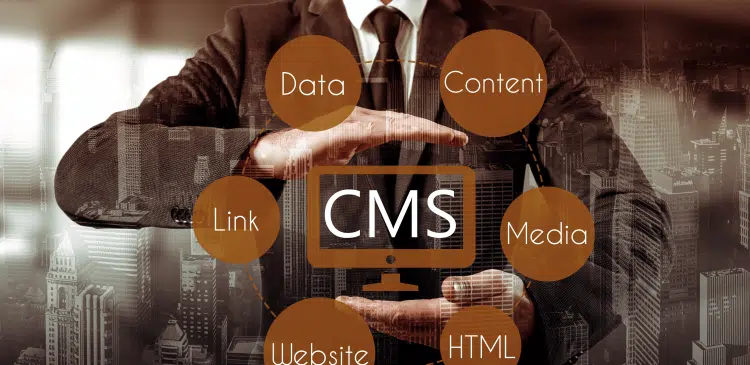
A content management system (CMS) is a software application through which the website’s content is compiled, edited, managed, and published. Systems can implement two types of architectures: traditional/monolithic CMSs and headless CMSs. This article compares these two approaches to identify their significant differences and determine the general differences between quantitative and qualitative methods.
What is Traditional CMS?
Historically, there is the concept of monolithic CMSs, which have been used to develop websites for over twenty years. These systems are monolithic in that content, presentation, and logic are bound closely together. Examples of typical CMS platforms include WordPress, Drupal, and Joomla.
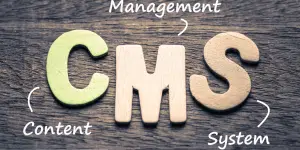
Traditionally, all program parts, from the admin panel, database, view templates, business logic, etc., are contained in one system. This makes it easy to establish them since all the elements are connected tightly, meaning that you need only one software package.
Nonetheless, since all capabilities are combined into a single offering, traditional CMSs are rigid and inflexible. They adhere to structural layouts of sites, templates, and components. This is feasible for creating an essential website. Still, it is not easy enough to construct most of the advanced digital experiences.
What is Headless CMS?
Headless CMS is an application of CMS where the content is stored in a central database, and the content management system is decoupled from the front-end delivery layer.
Headless CMSs separate content management from the front end and are designed for presentation. They are concerned solely with the content, which is to say that the themes, templates, or the specific logic of the channel are excluded from the content itself. Some of the headless CMSs that are widely used are Contentful, Strapi, and Sanity.
In headless architecture, content creation, storage, and delivery are managed through the APIs of an underlying CMS. Interacting with the user and displaying the content are two processes executed by a different layer in the front end. Because the front end and the back end are implemented in two different systems, it results in a ‘headless’ CMS.
The headless model offers more flexibility and content compatibility across multiple channels. The content of headless CMS can be retrieved from any device platform or channel through integration with APIs. Web, mobile, IoT devices, wearables, and any other device that is available these days can be used to display the same content.
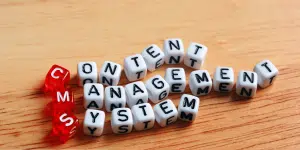
Key Differences
Separation of Concerns
The fundamental shift is related to the fact that AOP separates concerns. In traditional CMSs, a site and all the related assets are tied as a single entity, while in headless CMSs, content and presentation are decoupled.
By its nature, the core of traditional CMSs is embedded in a specific framework under which admin users and developers have to act. Headless provides an architecture that ensures the front end and back end run and evolve independently.
Flexibility and Versatility
It empowers you to produce content on various devices and platforms without being locked into a single architecture. Since the content is created only once, it can only be implemented anywhere through APIs.
Typically, while traditional CMSs maintain an organized site architecture, it’s challenging to create intricate experiences; furthermore, they also lag in the creation and implementation of omnichannel content delivery strategies.
Development and Integration
Monolithic CMS platforms have all the applications in one platform but have poor or no compatibility with external apps. Because they tend to be bundled, it is tough to alter their delivery or adapt them in some shape or form.
Third-party apps used for analytics, personalization, etc., can be incorporated conveniently into Headless CMSs as they follow an API-based architecture that supports any front-end technology.
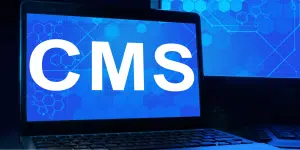
Cost and Scalability
The modularity of integrated traditional CMS platforms does not allow for optimization and scale. Everyone is using this program to conduct searches, so if many people are using it at once, the efficiency suffers.
Headless systems also enable the decentralization of front and back-end frameworks and their capabilities to grow independently. You only need to scale up the part that requires more resources through the shared services center. That makes headless CMSs cheaper.
Traditional CMS is best suited for simple brochure websites that don’t necessarily require a lot of adjustments and tweaking regularly. If you don’t have these high-level requirements for omnichannel or complex digital experiences, a traditional content management system like WordPress may be better for your needs. These are mostly bundled together in one package, and it is easier to set up for several small web sites.
The following are some of the scenarios that may call for Headless CMS:
- Constructing the omnichannel for intricate website and mobile applications
- As with most applications, there is a need to integrate with modern front-end frameworks often.
- To support such enhanced functionalities, advanced personalization and optimization features are required.
- In OOMDL, content and presentation are kept distinct and require different management strategies.
- The special feature is the scalability to handle increasing traffic loads.
Summary
Standard CMS systems offer a consolidated solution, but the customer cannot have a high degree of adaptability. They are most suitable for websites with minimal content management, such as blogs and small business websites with limited functionality.
This type of architecture separates content from the presentation layer for increased flexibility. It is most suitable for businesses that require quick dissemination of content across multiple channels, with consideration to audience and business growth.
This means it is relatively simple to take advantage of more contemporary web technologies when designing experiences for the various channels in headless CMS. However, having a decoupled structure also initially introduces more complexity.
The need for more complex business objectives is served more effectively in the long run by investing in a headless CMS compared to a traditional monolithic system.
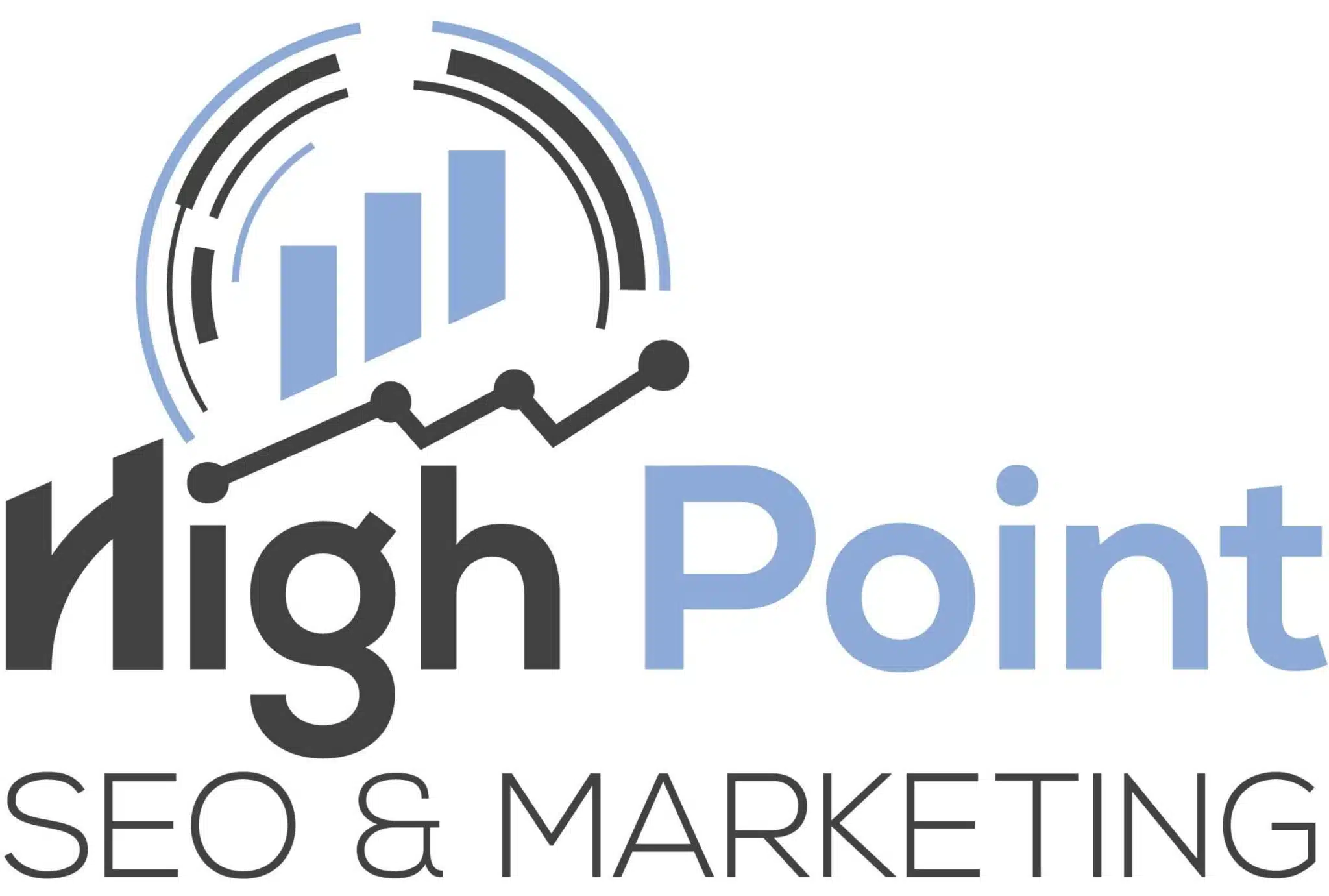
 Bill Yeager, Co-Owner of High Point SEO & Marketing in CT
Bill Yeager, Co-Owner of High Point SEO & Marketing in CT